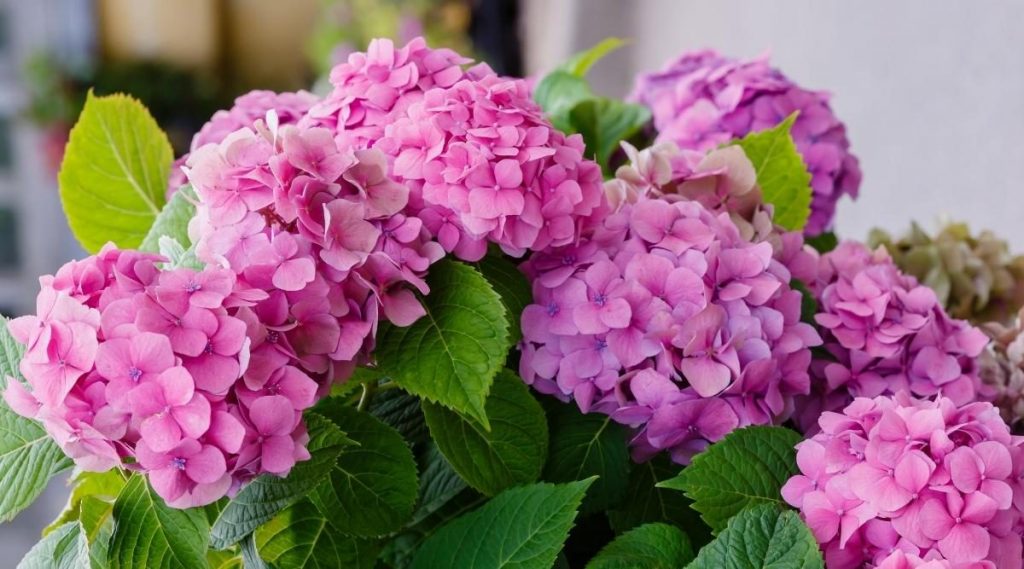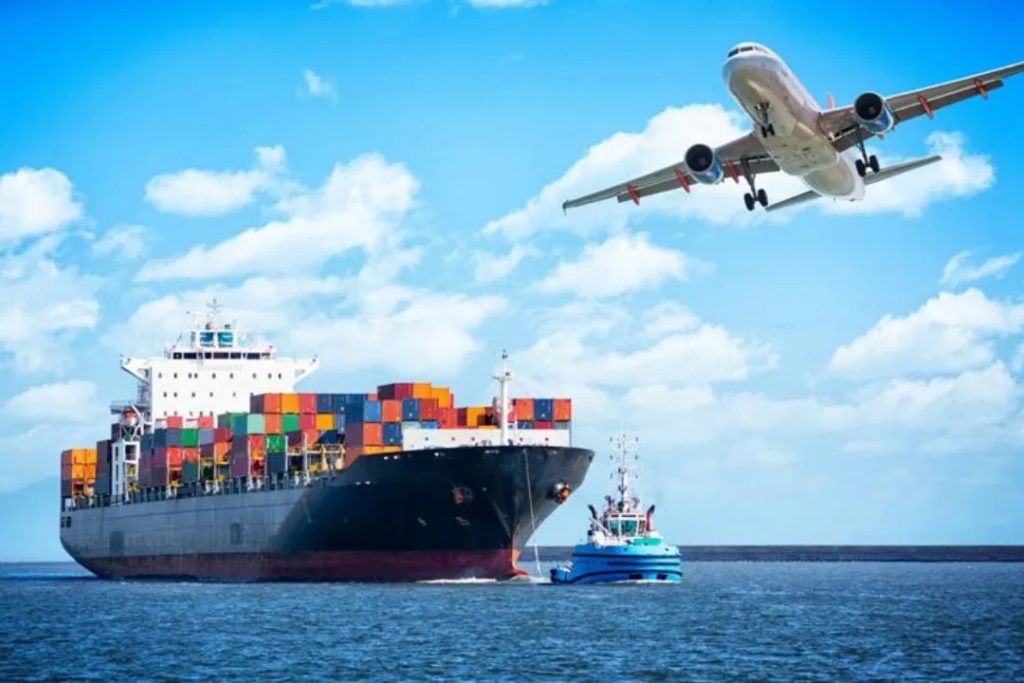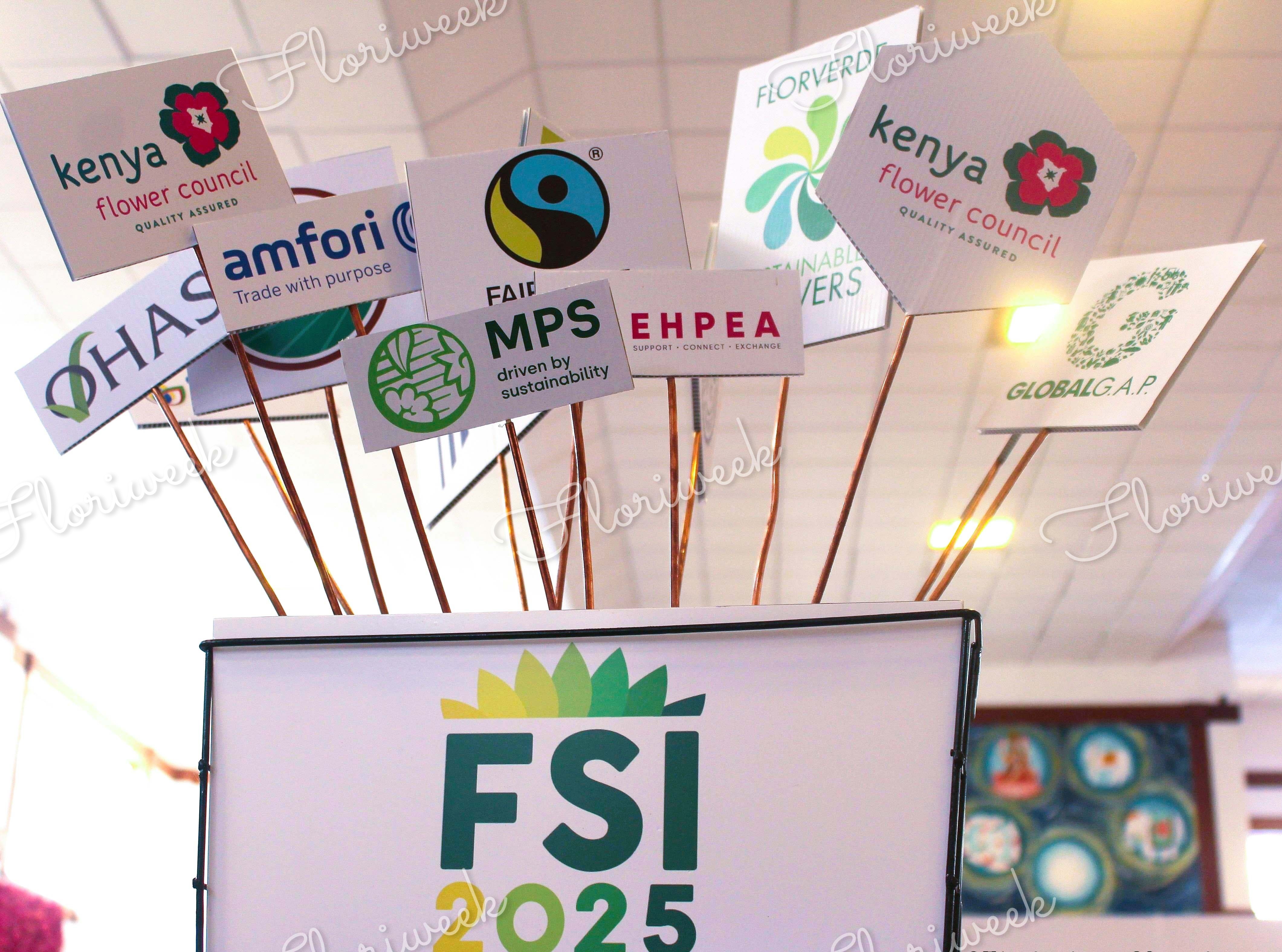
Kenya’s summer flowers have stepped onto the global stage at a time when the rules of trade, logistics and sustainability are being rewritten. What was once a simple story of growth and opportunity is now tangled in a web of rising freight costs, complex compliance requirements, taxation, and climate pressures., forcing the industry to rethink how it does business.
New markets are opening, demand is strong, and the sector has proven its ability to adapt. What emerges from this period of uncertainty will determine not just whether summer flowers thrive alongside roses, but whether Kenya can sustain its position as one of the world’s leading flower producers in a rapidly shifting global economy.
Logistics and Freight
Airfreight has long been the backbone of exports, ensuring day-fresh delivery to European markets, but airfreight is expensive and environmentally controversial. Rising costs and increasing scrutiny of carbon emissions are forcing growers and exporters to consider alternatives.
Sea freight is emerging as a viable option. In 2021, just two containers of flowers left Kenya each week by sea; by late 2023, that number had risen to 25. Sea freight is rapidly emerging as a viable alternative for Kenya’s flower exports. In 2021, just two containers of flowers left the country each week by sea, but by late 2023, that number had risen to 25, a clear sign of growing confidence in ocean logistics.
This momentum was further boosted by a landmark multimodal trial in March 2025, during the Dutch royal visit to Kenya. In this pilot, a refrigerated container of cut flowers was transported from an inland depot in Naivasha via the Standard Gauge Railway (SGR) to Mombasa Port, then shipped by sea to Rotterdam. As Kenya’s first fully integrated rail-to-sea shipment of flowers, the trial demonstrated the feasibility of a cold logistics corridor capable of reducing both carbon emissions and freight costs.
For large-scale exporters, the opportunity is clear. However, sea freight also brings challenges, transit times of up to 35 days, risks of spoilage, and the need for consolidation, which is difficult for smallholders who cannot fill containers on their own. The industry is therefore moving towards a hybrid model that balances speed and reliability with cost efficiency and sustainability.

Regulatory and Compliance Pressures
Meeting international standards is another double-edged sword. On one hand, certifications such as GlobalG.A.P., MPS-GAP, and the Kenya Flower Council’s F.O.S.S. standard open access to high-value markets and reassure buyers about sustainability. On the other, compliance is costly, especially for smallholders. Certification fees, audits, and investments in better farming practices are often beyond the reach of smaller growers unless they receive support from exporters or donor-funded programs.
Sanitary and phytosanitary (SPS) regulations also remain a stumbling block. Open-field summer flowers are more exposed to pests such as thrips, whiteflies, and leaf miners. Climate change has worsened pest pressures, leading to interceptions at European borders. With the EU pushing for stricter pesticide reductions, Kenyan growers are under pressure to adopt alternatives that are often less effective or more expensive. The opportunity lies in research and innovation, developing pest-resistant varieties, expanding integrated pest management, and lobbying for phased regulatory transitions that give farmers time to adapt.
Taxation and Policy Environment
Kenya’s tax regime poses another challenge. As of 2024, the flower industry faced over 50 different taxes and levies, including double taxation at national and county levels. VAT refunds, when due, can take up to 20 months to process, locking up vital working capital. This complexity discourages investment and makes Kenya less competitive compared to neighbours like Ethiopia, where the tax environment is more favourable.
Still, policy reforms could turn this into an opportunity. Streamlined taxation, faster VAT refunds, and incentives for sustainable practices would strengthen competitiveness, attract investment, and ease the burden on both small and large growers.
Sustainability as a Market Imperative
Perhaps the most defining challenge and opportunity of the decade is sustainability. European buyers are increasingly demanding transparency on carbon footprints, water use, and labour practices. The EU Green Deal, which includes mandatory carbon footprint labelling, will set a new standard for exporters. Kenyan growers must therefore embed sustainability into their operations, from rainwater harvesting and solar-powered cold rooms to natural wetlands for wastewater treatment. Already, about 60% of farms are using solar energy in daily operations, a promising sign of progress.
The opportunity is not just compliance but differentiation. By branding itself as a sustainable flower producer, Kenya can appeal to eco-conscious consumers and secure its place in future markets. Certification initiatives such as the Flower Sustainability Initiative (FSI) 2025, which aims for 90% sustainable sourcing, provide a framework for growers to align with global expectations.

Kenya must strengthen smallholders through access to cold chain, finance, and certification support. It must push for fairer taxation and invest in research to combat pests sustainably as well as move from treating sustainability as an obligation to embracing it as a competitive advantage.
